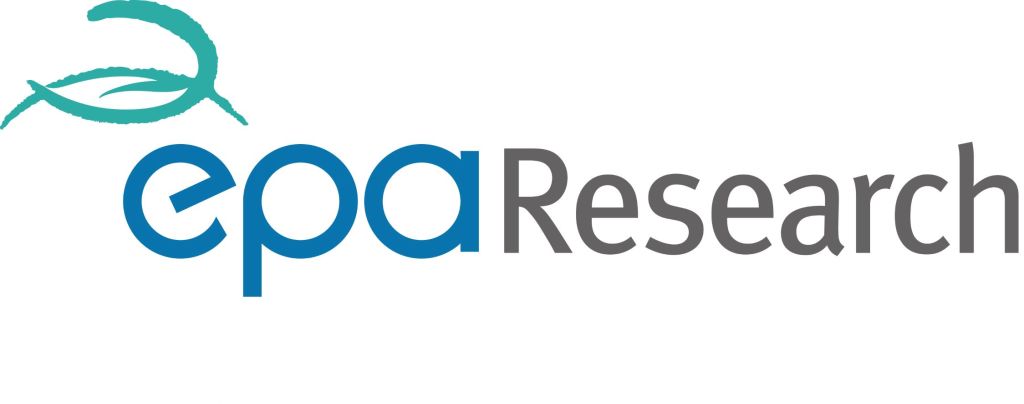The packed agenda for this years Irish Earth Observation Symposium in Limerick has been published. There is still time to register for this free event https://docs.google.com/forms/d/1y85W_ILE9HG8CjzIBSXREAMklo5Y5CzfJgmhnybU52c/viewform?ts=654d53f2&edit_requested=true
Registrations are open for IEOS 23
Register here to attend IEOS23- remember its Free!
IEOS23: Call for Abstracts
This years Irish Earth Observation Symposium will be held in Limerick on the 30th November.
Submissions can be made here: https://tinyurl.com/ieos2023

HOLD THE DATE for IEOS2023!
The 15th Irish Earth Observation Symposium (IEOS2023) is being co-organised by Coillte, University Limerick & Mary Immaculate College and will be held in Limerick on Thursday, 30th of November with practical workshops scheduled for the 1st of December. A Call for Papers and further details will be published in late August.
A Marie Curie Network for PHD positions in the area of data use in agriculture
11 doctoral training positions available across Europe on data governance in agriculture. Our PhD in Ireland “DR09: Fair data exploitation principles and framework” is open to non-irish applicants but the other 10 are available for students for Ireland. The pay is exceptional for a PhD scholarship- ~€50K (exact salary depends on country and candidate)
IEOS2022 – 14th Irish Earth Observation Symposium 2022

The 14th Irish Earth Observation Symposium, IEOS2022 is hosted this year by Technological University Dublin on the 3rd and 4th November 2022 in Bolton Street, TU Dublin, Dublin, D01 K822, Ireland – how to get there? See here!
OT Baile Átha Cliath – Coláiste na hInnealtóireachta agus na Timpeallachta Tógtha, Scoil na Suirbhéireachta agus na Bainistíochta Foirgníochta, Sráid Bolton, D01 K822, Éire.
The registration form is available here: https://forms.office.com/r/Y3kLBSH1vd– REGISTRATION IS CLOSED
- When: 3rd – 4th November 2022
- Where: TU Dublin Bolton Street, Student Common area, Michael O’Donnell Theatre room 259 and John D Barry Theatre room 281*
- Who: The Remote Sensing, Earth Observation, and Geospatial research, academic, and industry communities in Ireland and globally!
- How: In person
- Cost: Free! However, you will need to register! Use the form above!
* the schedule will be updated soon with each session’s room
The Symposium commenced on Thursday 3rd November 2022, with a mix of plenary sessions, parallel sessions, flash talks, poster sessions (35 speakers in total), student prizes (thanks to our sponsors), EO Tech Expo networking and social event in the evening. The Symposium continued through the morning of Friday 4th November with workshops. Undergraduate and postgraduate students are particularly encouraged to attend both days!
IEOS2022 Badge
To limit or avoid waste, we are kindly asking all attendees, speakers, delegates etc to bring their own badge holder and print their own badge. Please download the template below, edit accordingly and please feel free to print in black/white.
Book of Abstracts (provisional, subject to change)
Download the final schedule:
EO & Geospatial Tech Expo – 3rd November (only)

Workshops – 4th November
Sponsors
Many thanks to our sponsors! Without their support, the event would be incomplete!
Thanks to our sponsors, the registration is free, as with all the past IEOS symposia, early career researchers (PhD students, postgraduate students etc) can win prizes for best talk/poster and attendees can network over coffee breaks, lunch and social events at no cost for registration! Given the targeted candidates for prizes, undergraduate and postgraduate students are particularly encouraged to attend!
Gold sponsor:

Premium sponsors:

How to get to Bolton Street, TU Dublin
Check how to get to Bolton St here: https://www.tudublin.ie/explore/our-campuses/bolton-street/getting-here/
Please note that the entrance to Bolton street is via 26 King’s Inn St https://goo.gl/maps/rCy5hj1DLfqGvRjc9 please see below

Apart from other parking spaces, there is also Park Rite parking https://goo.gl/maps/ABcjQPQFLZyMhJbx6 at 16 King’s Inn St.

WIFI (eduroam) on site
Click here to find out how to connect to WIFI Eduroam in Bolton Street and check How to Connect for Visitors and Guest WiFi
Debut of IEOS
The idea of the Irish Earth Observation Symposium was born over a drink (where some of the best ideas are conceived) in Germany in February 2007, when 4 Irish Remote Sensing experts were gathered at a conference and realised that there was no real network for Remote Sensing practitioners or researchers in Ireland. The first Symposium was hosted by Teagasc in November 2007, with almost 50 people attending the one-day event. This was followed by meetings in Cork at the National Maritime College in 2008, in Dublin at the Geological Survey of Ireland in 2009 and every year since then, a different location – in 2017, the symposium was held in Maynooth University with over 140 attendees. In 2019, the symposium tool place in NUIG, hosted by ICHEC.
tutorial
IEOS2022 is about to start!
Check EO Symposium page for updates on the schedule, talks, posters, prizes, EO Expo on the 3rd Nov, Workshops on the 4th Nov!
days
hours minutes seconds
until
IEOS2022!

IEOS2022 Registration is OPEN!
Please complete the form to register for IEOS2022!
https://forms.office.com/r/Y3kLBSH1vd
IEOS2022 Badge: To limit or avoid waste, we are kindly asking all attendees, speakers, delegates etc to bring their own badge holder and print their own badge. Please download the template below, edit accordingly and please feel free to print in black/white.

CALL FOR CONTRIBUTIONS for the 14th Irish Earth Observation Symposium #IEOS2022 is now OPEN!

Complete the form: tinyurl.com/IEOS2022
by 23rd September 2022
Follow @ieos2022 on Twitter for IEOS2022 CALL for CONTRIBUTIONS
Tweet


